(Updated, Wednesday, April 10th, 2024, 9:00 a.m.)
“Risky Business: A Painter’s Forum” curated by Marie Thibeault and Max Presneill
March 30 – May 4th, 2024
Torrance Art Museum (TAM), 3320 Civic Center Drive, Torrance, CA 90503; 310-618-6388
Tuesday — Saturday; 11am — 5pm; Admission is FREE
PARTICIPATING ARTISTS: Nick Aguayo, Sharon Barnes, Michael Bauer, Fatemeh Burnes, Galen Cheney, Mark Dutcher, Barbara Friedman, John Goetz, Zachary Keeting, Robert Kingston, Christopher Kuhn, Annie Lapin, Michael Mancari, Ali Smith, Vian Sora, Marie Thibeault, Liliane Tomasko, Chris Trueman, Suzanne Unrein, Audrey Tulmiero Welch.
Thirty years ago, when I was still making my living as a typesetter at weekly newspapers, I was asked by the painter Audri Phillips to be part of an artist’s critique group in which every other week we would meet at an artist’s studio and give the entire group’s attention to a discussion of their work. I remember that Rich Bruland was one of the other artists. My longstanding practice as a poet seemed to be the attraction for asking me to join their ensemble. There was a quiet understanding that I would provide the perspective of someone who was not formally trained as a visual artist but who enjoyed it enough to pay close attention to individual pieces, even if on first glance they might not forthcoming about their gestural intentions. Such is the case with my reaction to “Risky Business: A Painter’s Forum,” a show currently up at the Torrance Art Museum. If I remember correctly, the work of each painter in Audri’s ensemble distinguished itself from everyone else’s in some manner regarding materials, composition, or chain of influence. The variety in this exhibition is equally exuberant as that late-century critique group’s commitment to individual inquiry, and the work at TAM has continued to shimmer in my mind’s eye as I ask myself, “Why exactly is being risked?” One obvious answer is that almost any artist would hate to be judged simply on the basis of one painting, and so the willingness to limit oneself to a single piece in this show indeed feels tremulously daring.
Perhaps that singular limit is compensated for by another fact: these canvases are for the most part much larger than average. This is not a show for the reticent or self-confined temperament. Those who make the drive to Torrance will be rewarded at the very least by having to spend a fair amount of time absorbing the consistently impressive size of the canvases on which the artists staked their fortunes. This is not a show one can walk through in less than an hour and do the work justice. In particular, there are four or five paintings one will definitely want to linger in front of:
Michael Bauer’s “Land of Tiny Hands (Return to Ether Shelter”)
Not many painting can provide the sensation of planet-scale energy being devoured and reclaimed simultaneously. This one’s inhabitable zones provide a compass needle to its inner wheel of mutability and realign any personal tendency of a viewer to feel dispossessed.
Liliane Tomaska’s “Portrait the Self (stormy yet optimistic)
This piece begged for its companion piece to be included. I don’t know what that companion piece looks like, but this one had just the right amount of feeling unfinished to suggest that its urgent fulfillment awaited in a sequence yet to be completely choreographed.As with many other pieces in the show, the risk involved the act of reclamation. Mind you, I don’t mean some kind of redemptive configuration. Rather, the painter is determined to extract that segment of a “lost” world that enables one to confront the necessary fictions of the subjunctive mood.
As I type up my notes, I am beginning to realize how uncertain I am about which paintings belong to which artist. I am fairly sure that one of my favorite paintings in the back room was by Annie Lapin. How rare it is that a painting has such a tender omphalos, especially on such a large scale. Just as an example of the average endeavor of the artists in this show, Lapin’s “Cantos Emergent (heap 7)” is six feet by 8 feet, and in that arena Lapin has coaxed the smudged transitions of momentary perception into the reassuring grasp of an assiduously dismounting equilibrium. Her entire canvas coils and recoils with a clarifying calmness. This painting is almost in and of itself worth the trip to Torrance.
Returning to the front room after gazing at Lapin’s work, the enormous piece by Suzanne Unrein (“The Rush, The Trash and the Flesh”) seems even more frisky in the turmoil of its carnal impetuosity. Alighting in a corner of the front room is also a very recent piece by Marie Thibeault who is steadily establishing herself as an indispensable part of the story of painting on the West Coast since World War II. Thibeault’s “Wild Gravity” is one of the few paintings I have ever seen that has the “unheard music” of a soundtrack playing in the background. One can hardly believe one’s ears as one looks at this painting. Is it possible for a triumphant insurrection against the debris-strewn forces of artificial intelligence to actually take place? Thibeault’s painting urges us not to give up. Finally, I want to mention that I recollect seeing Mark Dutcher’s work at a show at TAM ten or so years ago called “Sincerely Yours.” What a privilege it was to see that he is still working so well!
Let not the absence of commentary be regarded as sizing up work not mentioned as secondary. I could easily imagine follow-up shows at TAM in which four painters have four paintings each: “QUARTETS.” Christopher Kuhn, Ali Smith, Fatemeh Burnes, and Vian Sora would make an intriguing quartet to initiate this mush needed championing of abstract work. Indeed, each piece in this show makes one want to check one’s mailbox every day in the hope of finding a handwritten invitation to drop by for a studio visit. This exhibition demonstrates once again how disproportionately painters persist at a time when studio space at an affordable price is almost impossible to find in Southern California. Any painter who is feeling somewhat stymied in the aftermath of the pandemic should in particular catch this show and then get right back to work, even if it can’t be at the scale of “Risky Business.” Those who crave a chance to be revitalized in their now private undertakings should not delay in getting to Torrance either. This show closes all too soon.
Not to be overlooked, by the way, is the exquisitely exhilarating pleasure that TAM extends its visitors through the post-psychedelic, recalibrating mandalas of Kenneth Salter. I could have spent two hours just in front of them and still not been sated.
Torrance Art Museum (TAM)
3320 Civic Center Drive
Torrance, CA 90503
310-618-6388
TorranceArtMuseum
@TorranceCA.Gov
Tuesday — Saturday
11am — 5pm
Admission is FREE.
888888888888**********************&&&&&&&&&&&&&&&
BILL MOHR
PROFESSOR
DEPARTMENT OF ENGLISH
CALIFORNIA STATE UNIVERSITY, LONG BEACH
William.BillMohr@gmail.com
www.koankinship.com
AND
LindaFryArtist.com
.
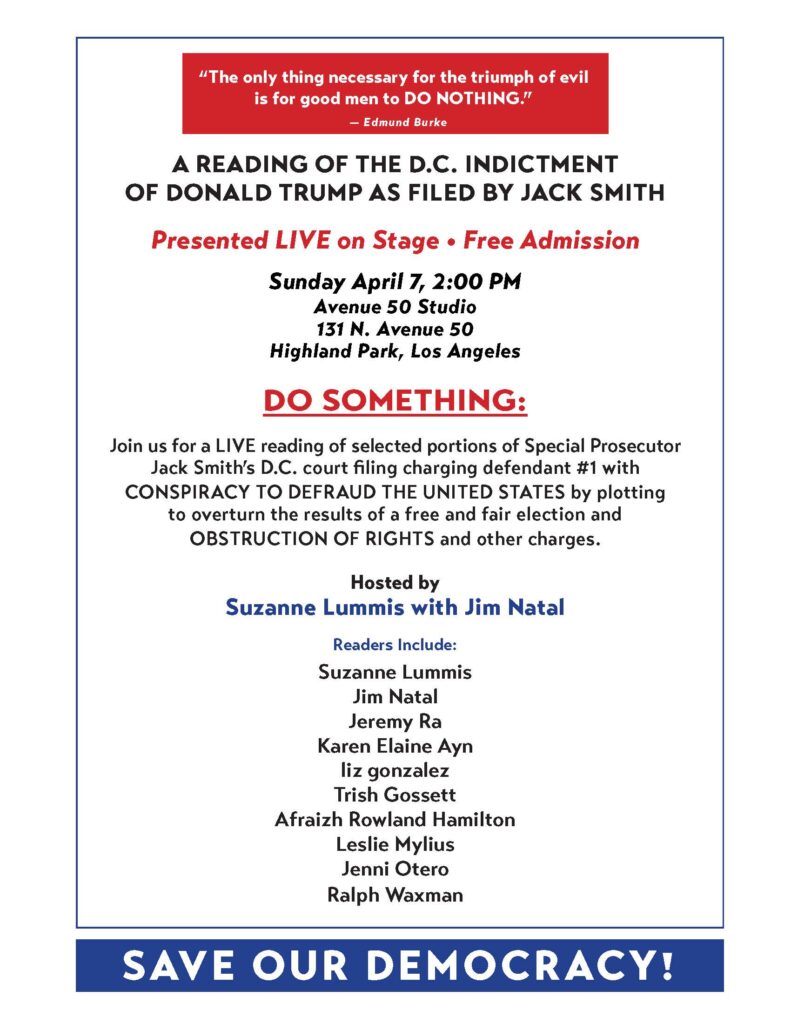

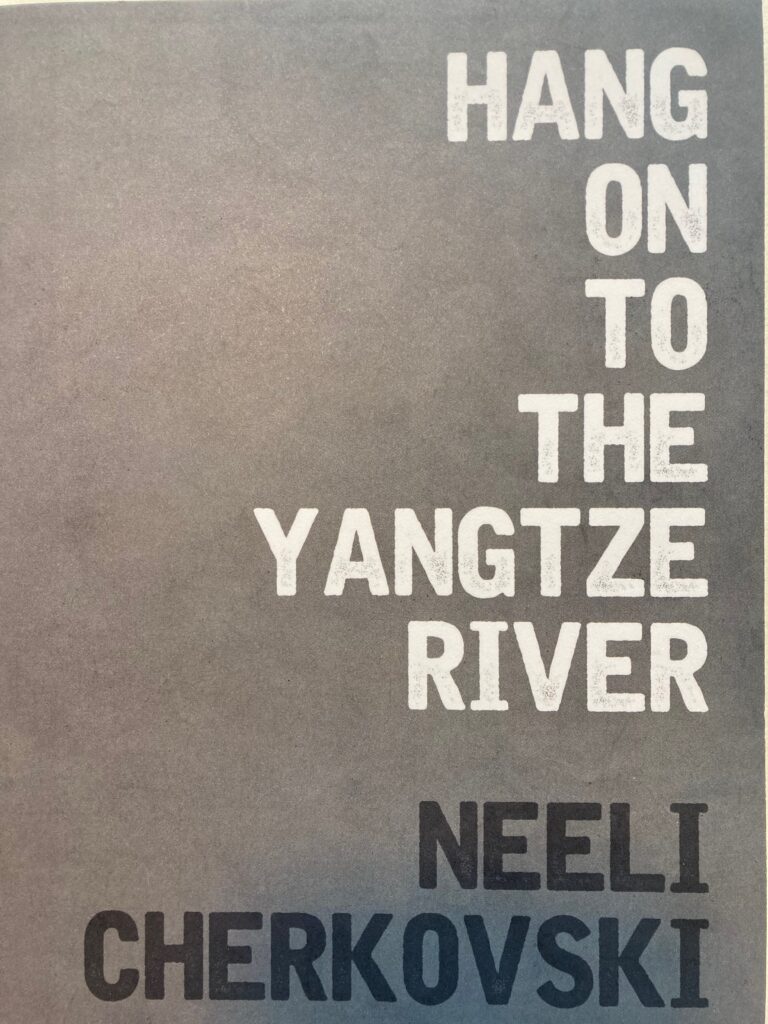
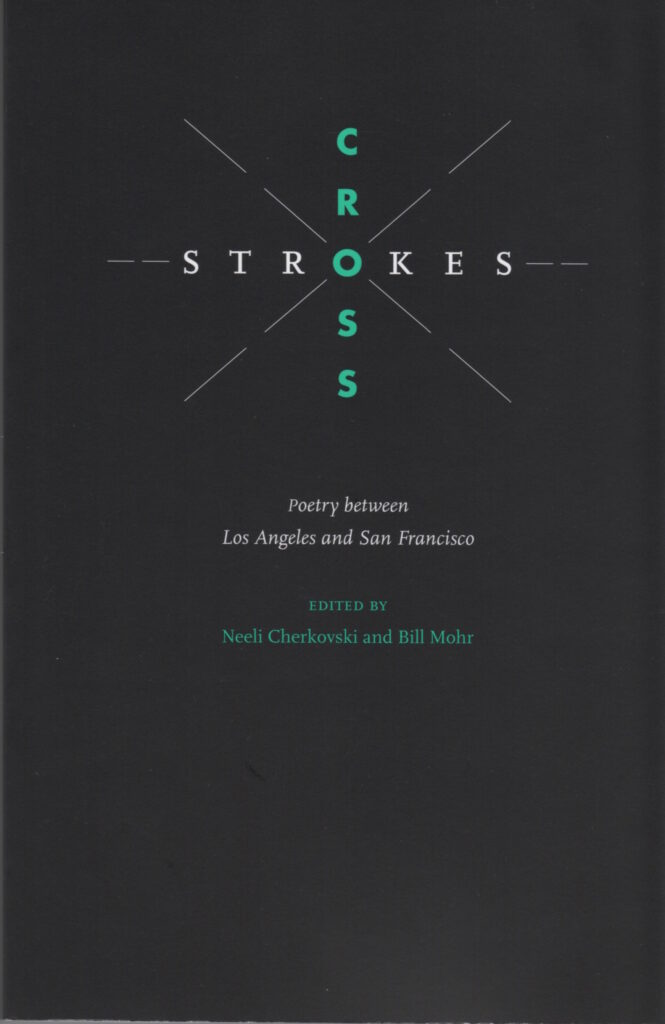
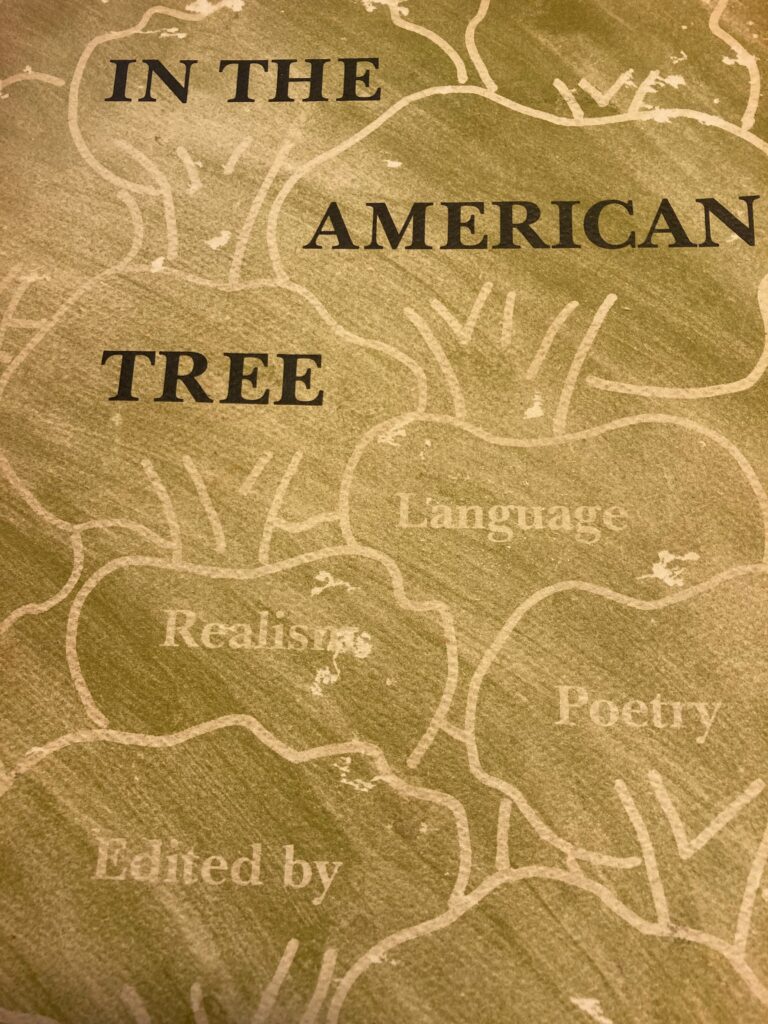
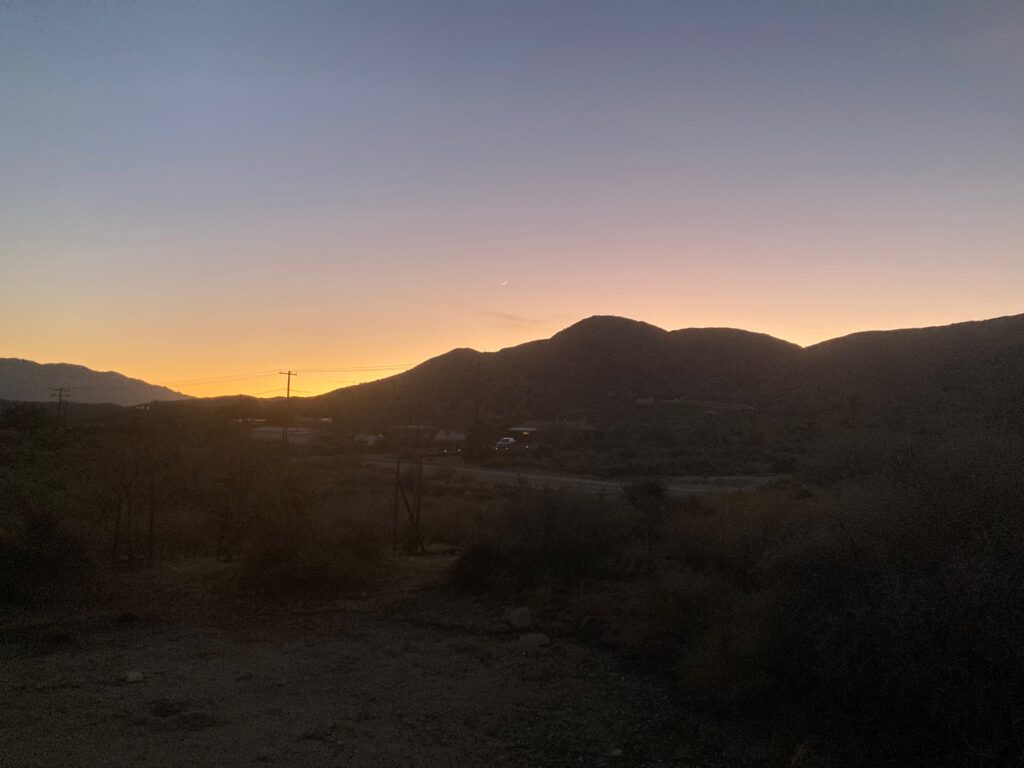
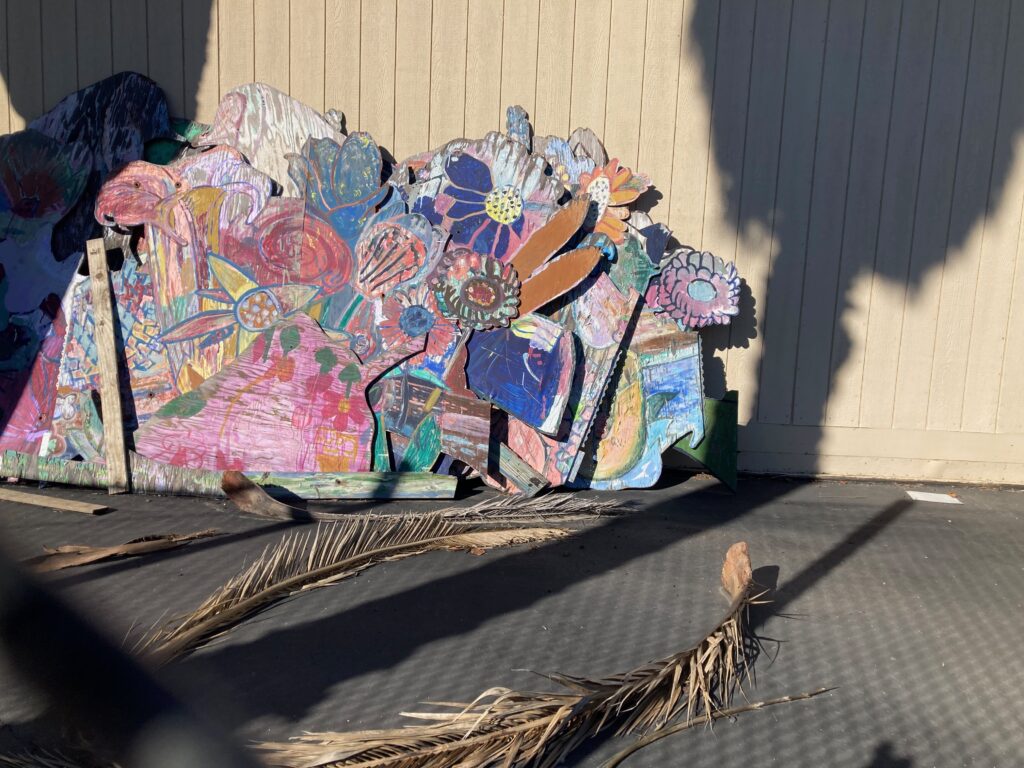
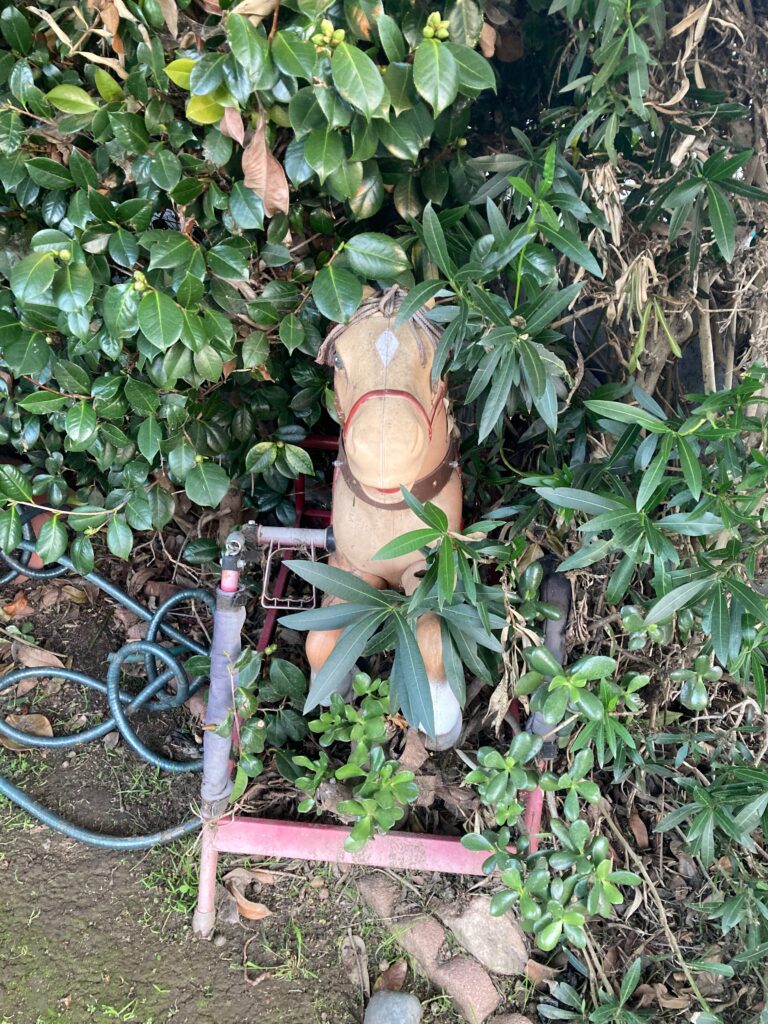
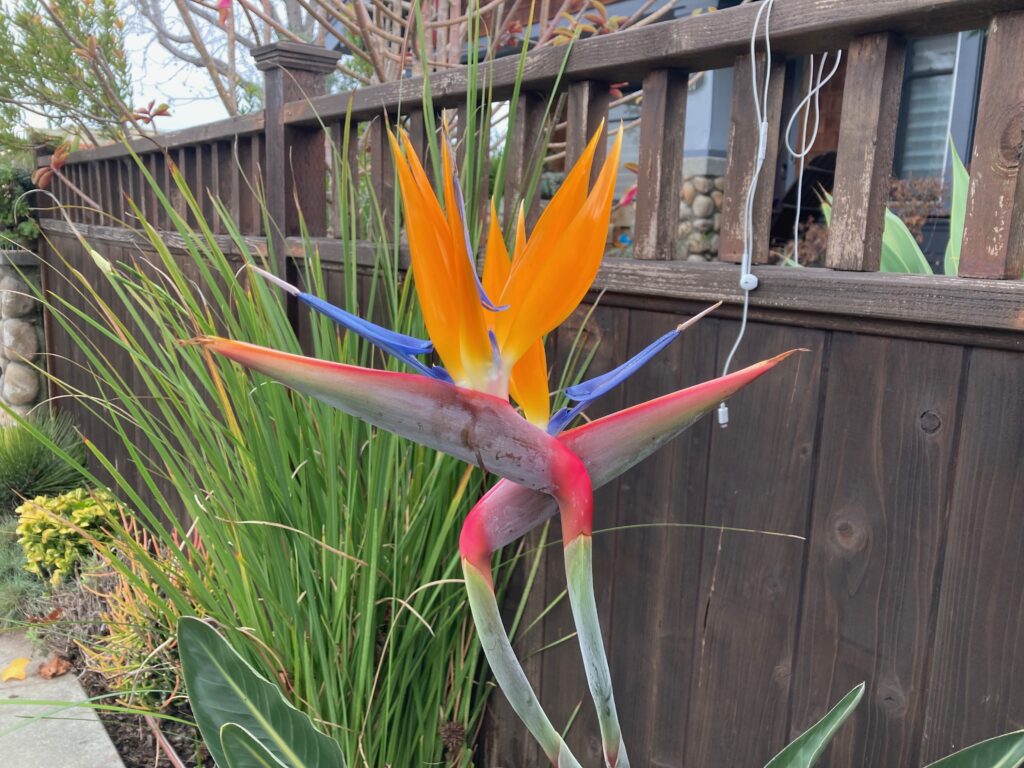
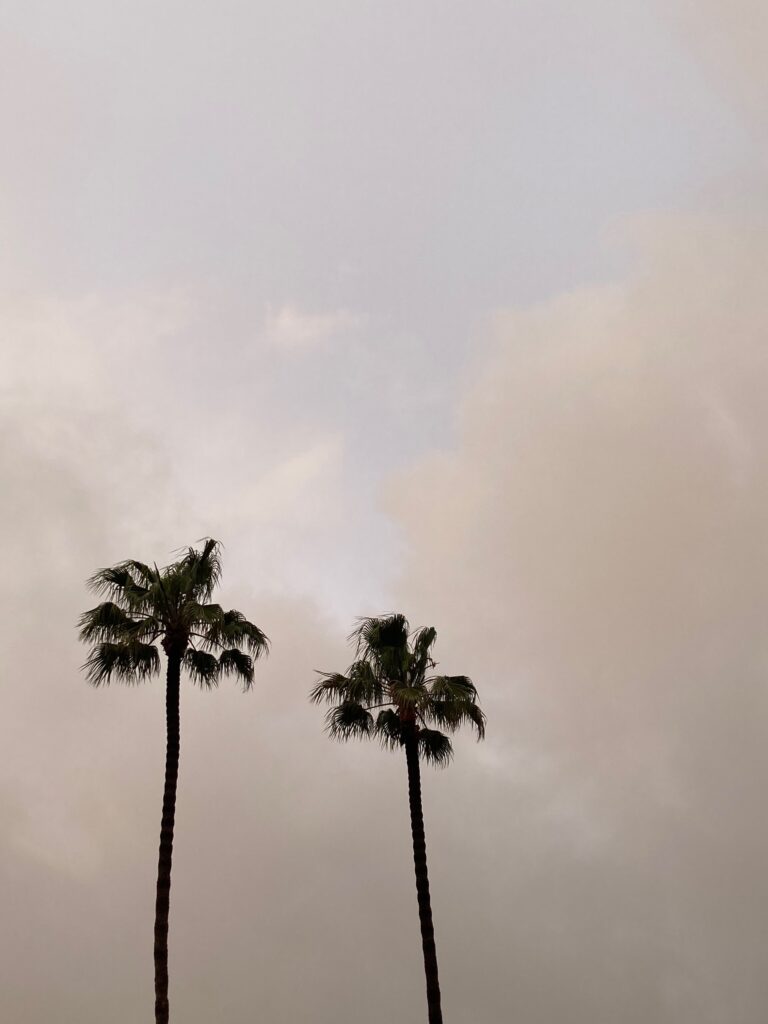

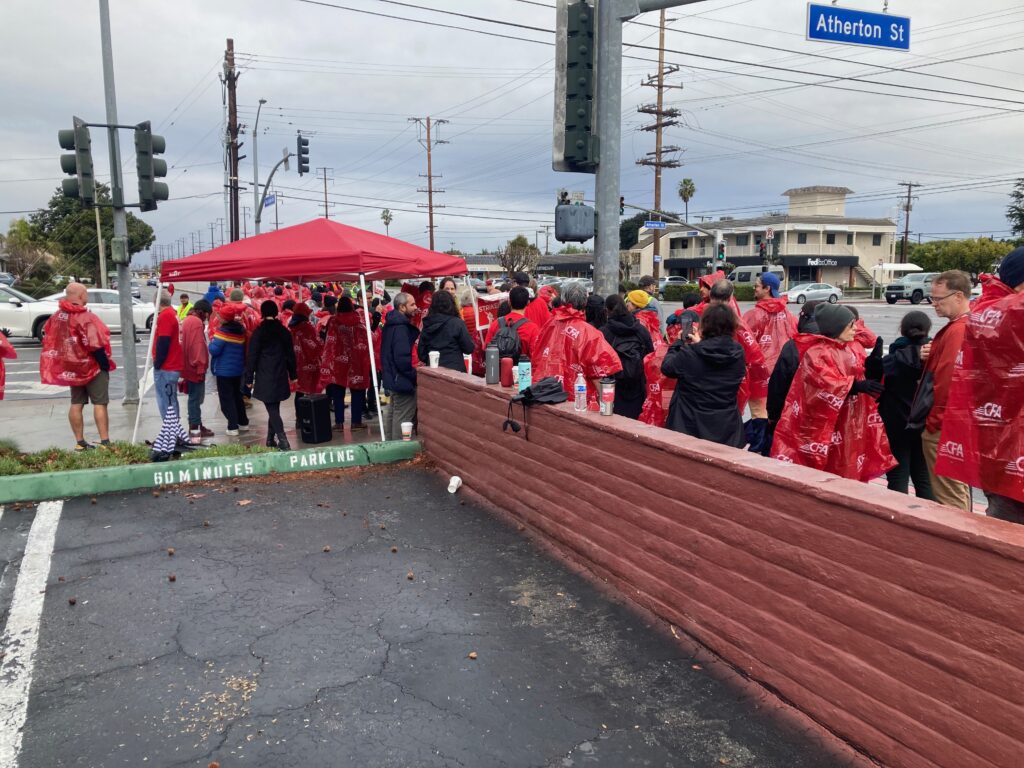
 About Bill Mohr
About Bill Mohr